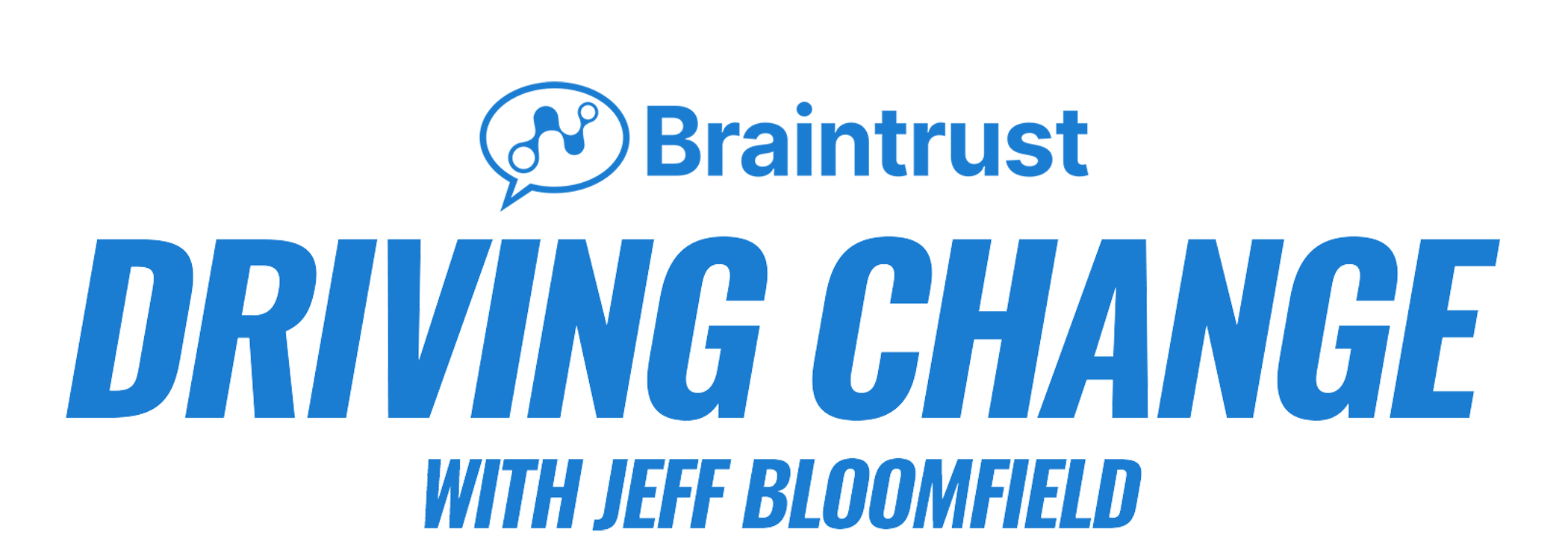Here we are closing in on the end of May, and many of us have been at home hosting or sitting on virtual calls at an unprecedented pace. I went back and looked at my calendar over the past four weeks, and I have either hosted or sat on the following technology platforms: Zoom, Microsoft Teams, Skype, WebEx, and Google Hangout.
Check this out. Zoom reported in April that as of December 2019, that the maximum number of daily meeting participants was ~10M. In March 2020, Zoom reached >200M daily meeting participants, and this was at the beginning of the current crisis. Based on the surge in volume, Zoom had to respond to numerous issues of technology and security (Yuan, 2020).
Zoom isn’t the only one that had problems; we as communicators had to adjust. How do you connect when you no longer have the ability to leverage live meetings? Overnight, the world had a cosmic shift that has been reported on, written about, and chronicled for future generations to look back upon. Based on the change, have you leaned into how you communicate or fallen victim to the technology?
As fast as technology had to adjust, how did you as professional communicators improve? At Braintrust, we work every day with individuals on how to leverage communication skills to connect, serve, solve, and add value in a way that is supported by decades of science. The methodology doesn’t change whether you are live or virtual.
So here is the question…
“Are you the Director of a “connecting virtual picture” in your conversations?”
Our Driving Change podcast is launching a new episode next week with Dr. Tony Jack. Tony is a Neuroscientist from Case Western Reserve and a recent member of my dissertation committee. In 2018, Tony and his colleagues published an award-winning article that was discussed on the podcast hosted by Jeff Bloomfield (Boyatzis & Jack, 2018).
In the article and podcast, Tony discusses the importance of two critical networks of our brains:
- the empathic network
- the analytical network
These networks can open up or close down our minds to new ideas, imagination, and creativity. Decades of research continues to support the power we have as communicators in impacting decision making and change by accessing these networks in a specific way. So why is this so critical in our current global environment?
We, as communicators, need to be even more mindful of how we are communicating in the virtual world. All the questions that were referenced above pound our analytical network and make it very difficult to connect with the people on the other side of the technology. Let’s be honest, this is how every call is being opened, and it goes on for minutes! Here is part of the secret recipe to disrupt this ineffective messaging.
If you want to be a “virtual director” in your communications, then you must be able to leverage stories, pictures, metaphors, and analogies that open up the empathic network. The best storytellers know how to paint a picture even when they can’t efficiently utilize a brush or canvas.
Yes, you can share screens, utilize PowerPoint, or drawing tools, but here is a warning. You better practice it before you try it. Some of you have trouble coming off of mute…
So, I want to provide you with five practical tips to assist you in being a connecting virtual director that leverages networks within our brains.
- Start with a connecting story and customer’s objectives (minimize the COVID story) – empathic network
- Discuss your customer’s challenges – analytical network
- Describe a vivid picture through an analogy or story – empathic network
- Demonstrate value by serving and solving your customers challenges – analytical network
- Close with connection as you discuss next steps – empathic network
If you can practice this formula and create vivid pictures in your customer’s mind, you will leave an impact. The best communicators can create a virtual image in the way you use your words and the way you tell a story.
I encourage you to check out the podcast, get out a notepad, and get ready to listen to it multiple times. I recommend that you listen to both the podcast from Tony Jack and Richard Boyatzis. It will have an impact on how you communicate, whether you are face to face or on a Zoom call. Click here to listen.
Boyatzis, R. E., & Jack, A. I. (2018). The neuroscience of coaching. Consulting Psychology Journal: Practice and Research, 70(1), 11-27. doi:https://psycnet.apa.org/doi/10.1037/cpb0000095
Yuan, E. S. (2020). A Message to Our Users. Retrieved from https://blog.zoom.us/wordpress/2020/04/01/a-message-to-our-users/

